- Description
- Features& Advantages
- Mechanical Dimensions
- Electrical Data
- Mechanical Data
- Attenuation at Any Frequency
- Reviews 0
The LCS series cable is a UHF series economical radio frequency cable. It increases the cable attenuation in a small float but greatly reduces the cable cost. It is realized through the cable structure. It uses low-density PTFE medium, aluminum foil longitudinally wrapped and silver-plated wire braided. Become. This series of products are widely used in phased radar, military electronic equipment, and other applications;
Attenuation vs. Frequency dB/100m
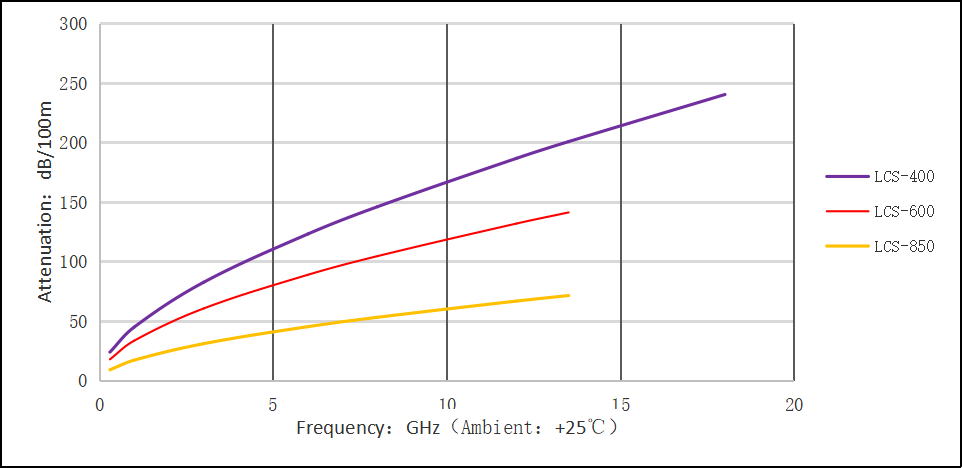
Power Handling vs. Frequency (Maximum)
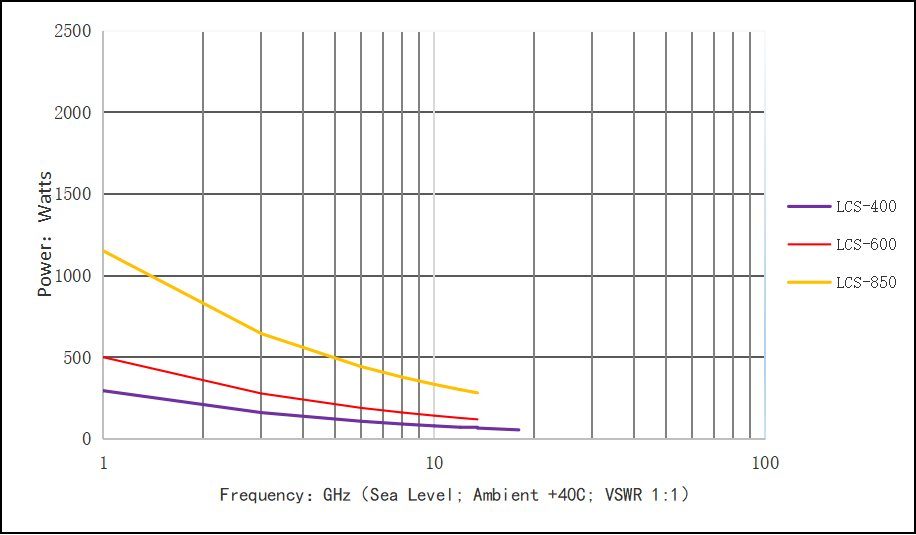
Phase Stability (Detection method: one rotation along the repeated bending radius)
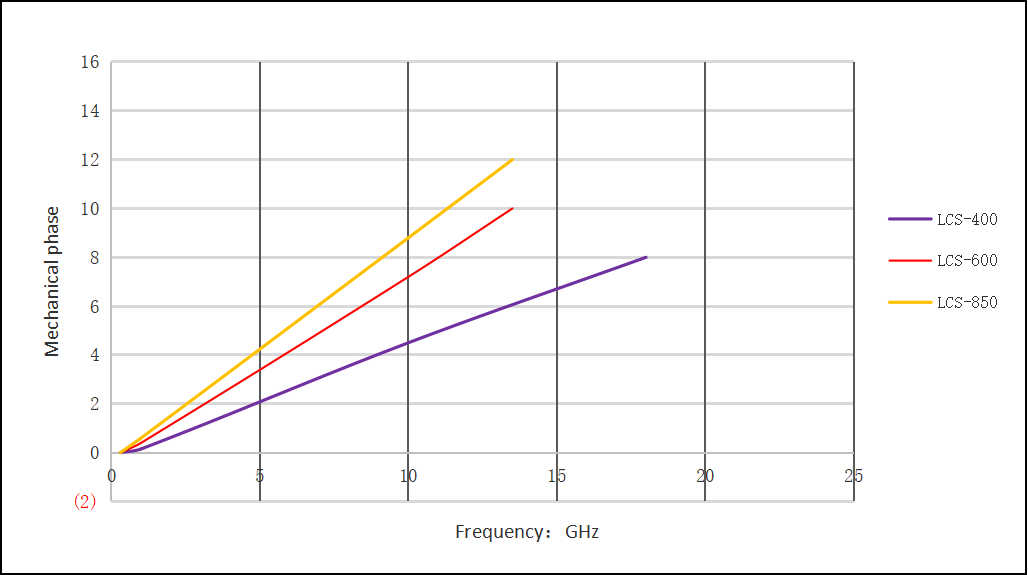
Amplitude Stability (Detection method: one rotation along the repeated bending radius)

Features& Advantages
- Good amplitude stability
- Good price/performance ratio
- Super softness
- High shielding efficiency
- Maximum operating frequency DC-18GHz
Mechanical Dimensions
| Cable Model | LCS-850 | Material |
| Center Conductor | 2.30 | Silver Plated Copper |
| 0.091 | ||
| Dielectric | 6.50 | Microporous PTFE |
| 0.256 | ||
| Inner shield | 6.60 | Al Tape |
| 0.260 | ||
| Outer Braid | 7.10 | Silver Plated Copper Braid |
| 0.280 | ||
| Jacket | 8.20 | FEP |
| 0.323 |
Electrical Data
| Cable Model | Impedance | Vp (%) | Shield effectiveness | Permittivity | Delay | Capacitance | Voltage Withstand | Peak power | Cut-off Frequency |
| LCS-850 | 50Ω | 0.76 | >90dB | 1.73 | 4.39nS/m | 87.7pF/m | 2000 DC | 10 KW | 16GHz |
| 1.34nS/Ft | 26.7pF/Ft |
Mechanical Data
| Cable Model | Bend Radius: installation | Bend Radius: repeated | Weight | Temp, Operating& Installation | |||
| LCS-850 | 30 | mm | 70 | mm | 110 | g/m | -55 +85℃ |
| 1.181 | in | 2.756 | in | 0.074 | Ibs/ft | -67 +185℉ | |
Attenuation at Any Frequency
| Frequency (MHz) | 300 | 1000 | 3000 | 6000 | 8000 | 10000 | 12000 | 13500 | 18000 | K1 | K2 |
| LCS-850 | 9.47 | 17.61 | 31.42 | 45.71 | 53.55 | 60.64 | 67.18 | 71.81 | 一 | 0.5340000 | 0.0007236 |
Attenuation at Any Frequency = [ k1 x SQRT (Fmhz)] + [ k2 x Fmhz ]; dB per 100 meter


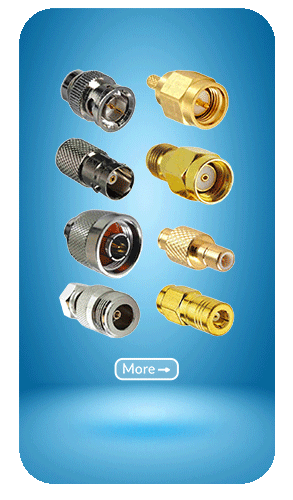
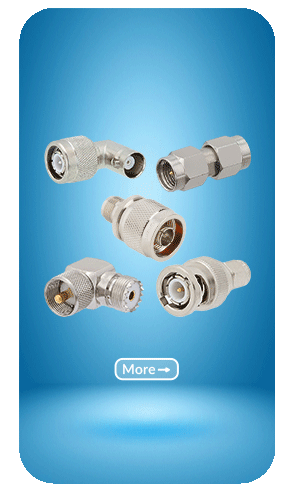
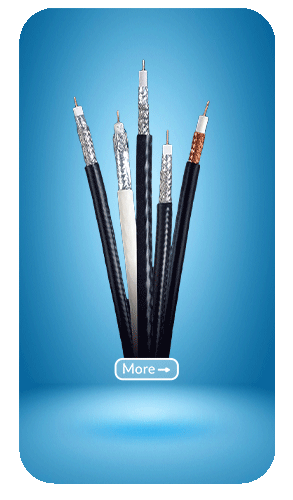

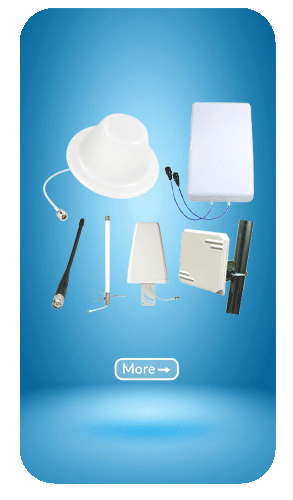
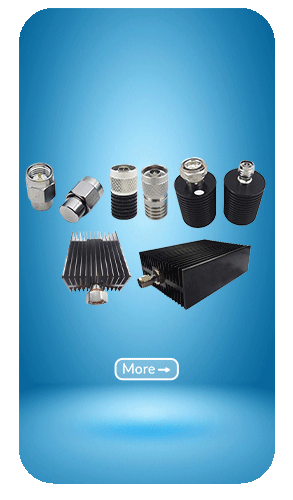
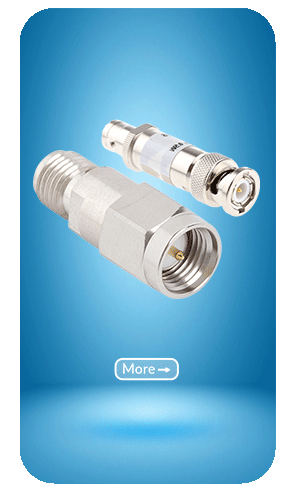
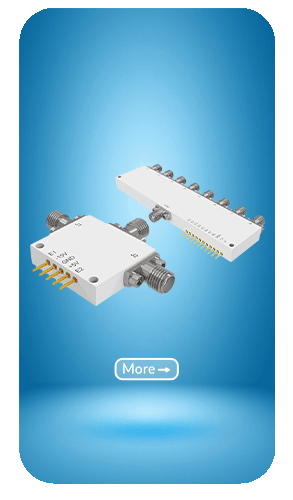

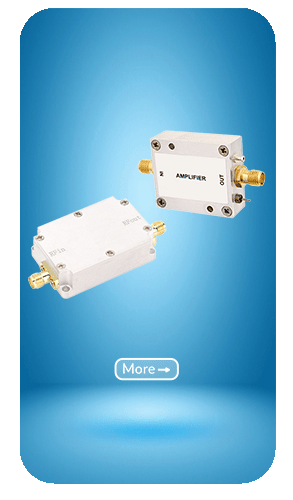
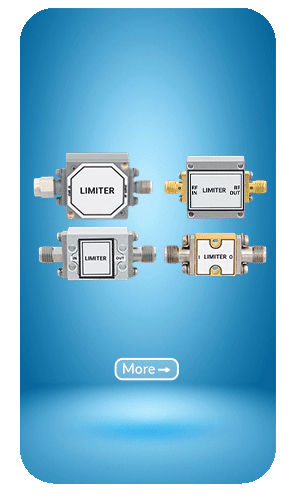
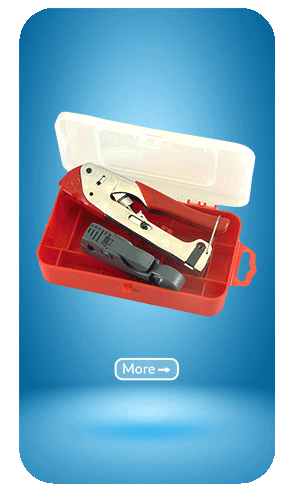





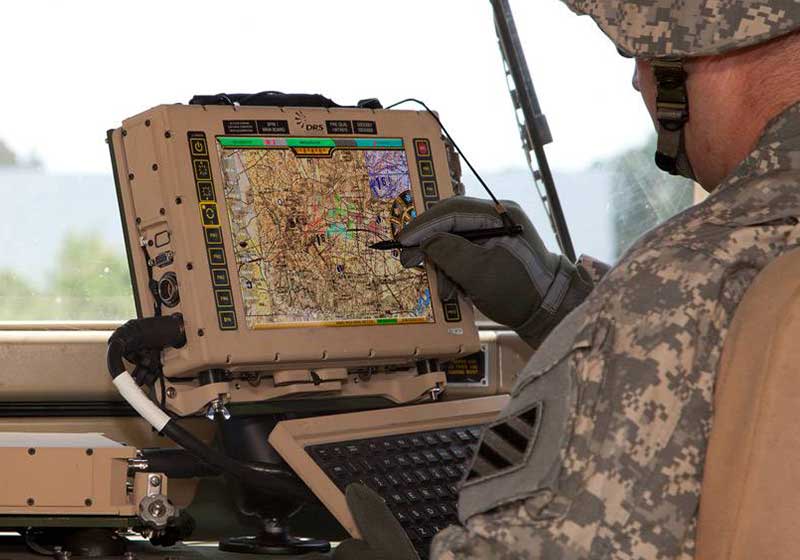



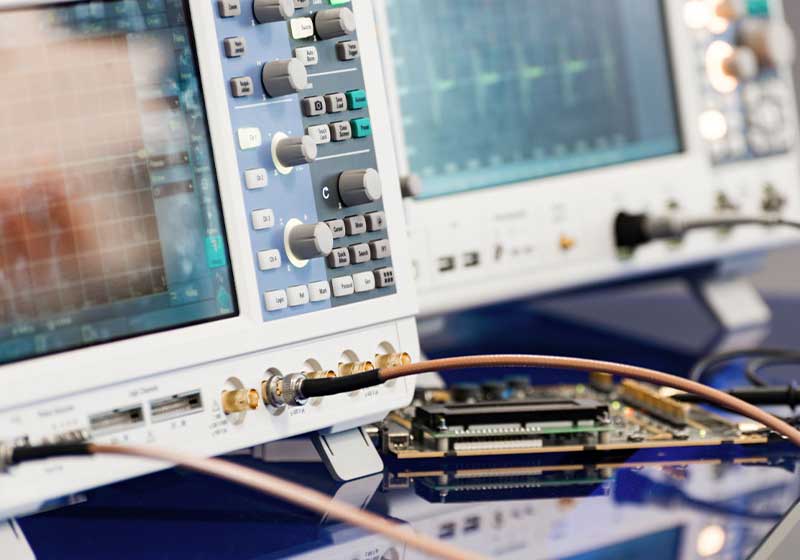
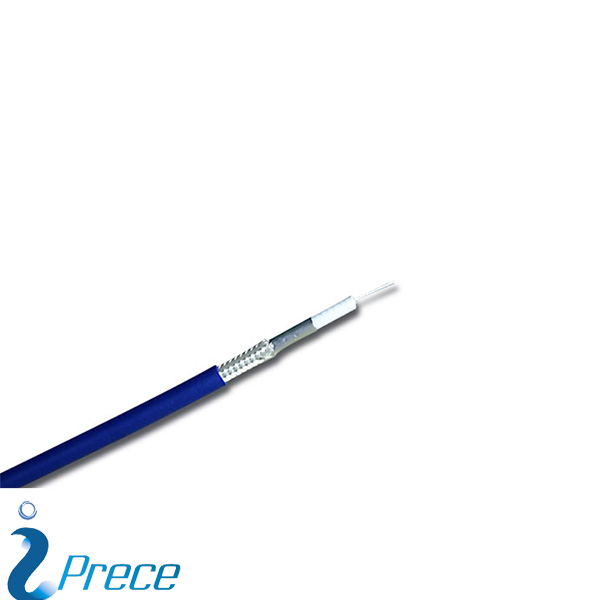
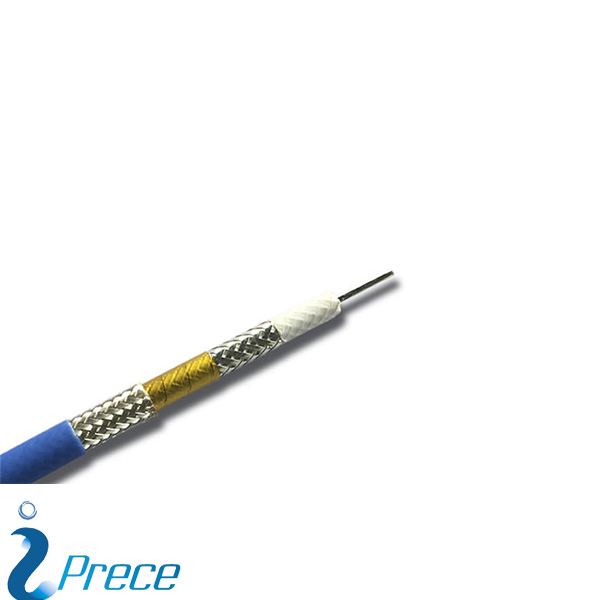

Reviews
There are no reviews yet.